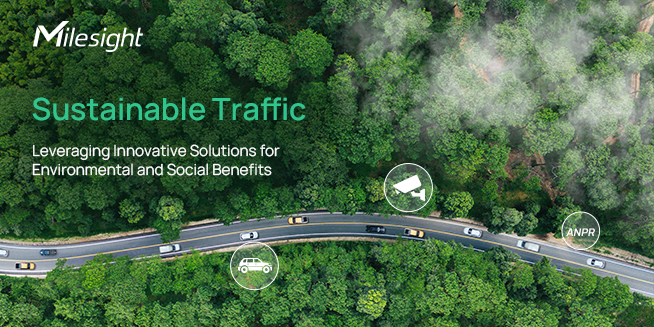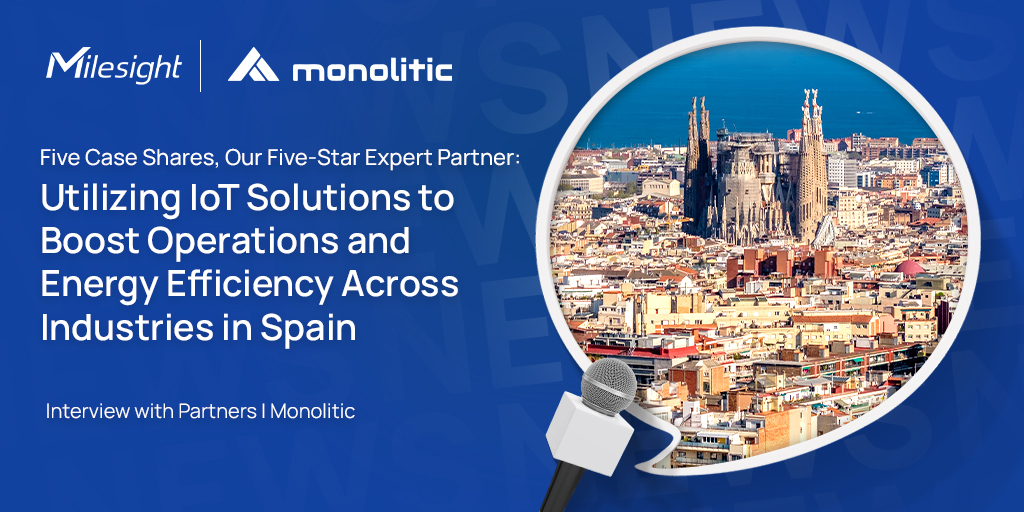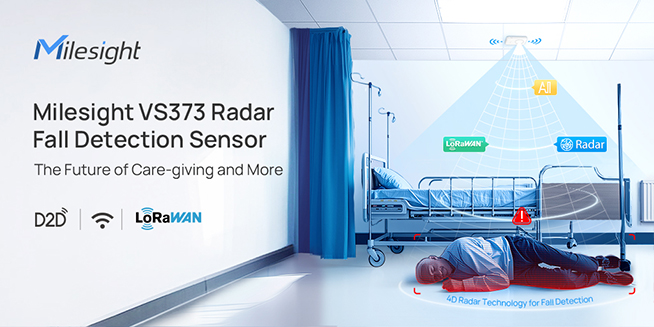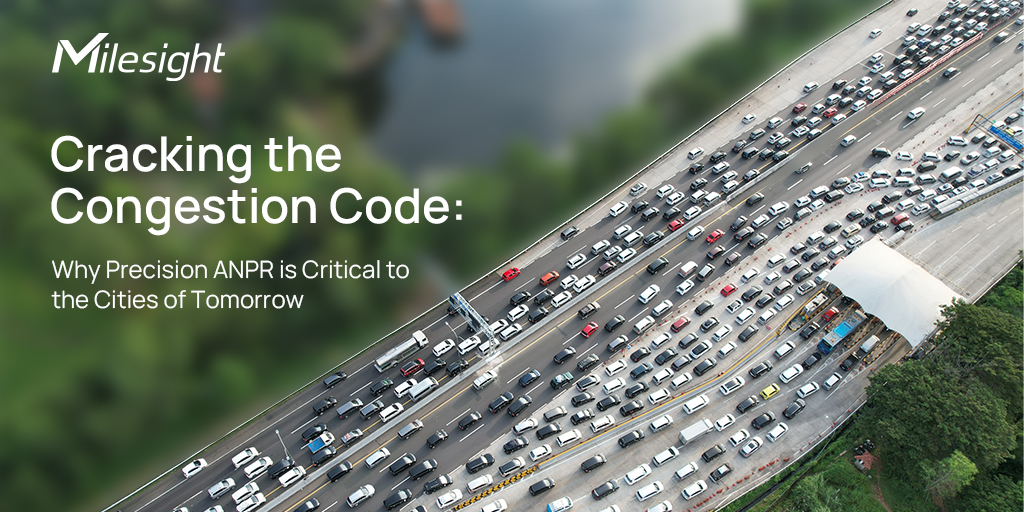
Urban congestion is no longer a temporary annoyance - it’s a chronic, global challenge. From New York to New Delhi, cities are contending with the growing pains of rapid urbanization, increased car ownership, and the mounting cost of inaction. The ripple effects touch every part of urban life: lost productivity, rising emissions, public health concerns, and an eroded quality of life.
As city planners, engineers, and policymakers rally around the promise of “smart cities,” one technology continues to quietly play a pivotal role in the urban mobility equation: Automatic Number Plate Recognition (ANPR).
ANPR: The Unsung Hero of Smart Mobility
ANPR - also referred to as License Plate Recognition (LPR) - has evolved far beyond toll booths and parking gates. In today’s data-driven cities, it provides a critical layer of visibility into how vehicles move, when and where congestion forms, and how infrastructure is being used.
By enabling real-time traffic monitoring, automated enforcement, and data-informed planning, ANPR systems help cities turn traffic flow into actionable intelligence.
Its applications are wide-ranging:
- Dynamic congestion management through real-time vehicle tracking
- Low Emission Zone enforcement, where vehicle type matters as much as movement
- Smart parking and curbside optimization
- Urban analytics, including origin-destination studies and mobility heat maps
But the value of ANPR is inseparable from its accuracy. In high-density environments, where decisions and policies are shaped by data, a 1% error rate can have outsized consequences - in missed revenue, enforcement gaps, and even public trust.
From Detection to Action: The Need for Real-Time Responsiveness
What sets today’s advanced systems apart is not just what they see - but how they respond.
Modern congestion isn’t just about volume; it’s about detecting traffic behavior as it happens, and then acting on it instantly. New approaches combine technologies like radar, wireless communication, and AI analytics to elevate ANPR from a passive observer to an active participant in mobility management.
For instance, some forward-thinking cities have begun using integrated systems where ANPR is combined with radar sensors to monitor vehicle speeds on key arteries. When speeds fall below a critical threshold, congestion is automatically flagged. A LoRa-based communication module then triggers electronic roadside signs up to 1 km away - providing real-time alerts to drivers and helping reduce secondary congestion risks.
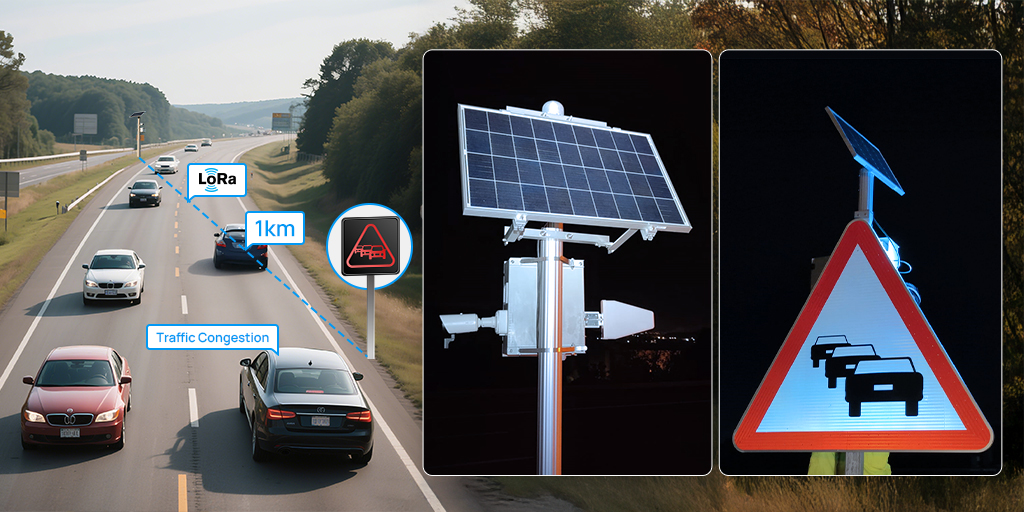
This fusion of detection, communication, and public awareness illustrates how ANPR can enable not just monitoring, but meaningful, responsive traffic management.
Sustainability Starts with Smarter Traffic
Urban transportation is also at the center of the climate conversation. In Europe alone, the transport sector accounts for nearly 30% of greenhouse gas emissions. Reducing vehicle emissions isn’t just a sustainability goal - it’s a public health imperative.
To that end, many cities are implementing Low Emission Zones (LEZs), where access is restricted based on vehicle type or emissions class. ANPR plays a central role in enforcing these zones by automatically identifying non-compliant vehicles.
High-accuracy systems, such as dual-lens traffic cameras, provide reliable evidence to support enforcement and compliance. In some cities, these systems are being used to track the circulation of high-emission vehicles, supporting air quality management and cleaner mobility choices.
This shift - from traffic management to environmental stewardship - marks a new chapter in ANPR’s evolution.
The High Cost of Low Accuracy
While the benefits of ANPR are clear, the risks of underperformance are too often underestimated. A misread plate might seem trivial, but scaled to a city-wide deployment, the costs quickly compound.
A 2023 study by the European Mobility Observatory estimated that ANPR inaccuracy could contribute to millions in lost tolling and enforcement revenue annually. Even more critically, poor data quality can erode confidence in automated systems and create blind spots in citywide mobility planning.
In contrast, systems that maintain above 99% accuracy in real-world conditions - across weather, lighting, and speed variations - enable cities to operate with confidence and consistency.
Global Examples: Congestion Pricing and ANPR in Action
Cities worldwide have implemented congestion pricing schemes to manage traffic and reduce emissions, often relying on ANPR technology for enforcement.
London, UK
London introduced its congestion charge in 2003, leading to a 30% reduction in congestion and an 18% decrease in traffic entering the zone during charging hours. The scheme also boosted bus travel in central London by 33% and enabled 10% of journeys to switch to walking, cycling, and public transport. The revenue generated has been reinvested into transport network improvements, including the expansion of the bus fleet and the development of cycling infrastructure. (Transport for London, 2023)
New York City, USA
In January 2025, New York City implemented a congestion pricing plan, charging a base fee of $9 for vehicles entering the central business district. The initiative aims to reduce traffic, lower emissions, and generate revenue for public transit improvements. The funds are expected to contribute $15 billion to the Metropolitan Transportation Authority's capital plan, supporting infrastructure upgrades and climate resilience projects. (Financial Times, 2025)
The Economic Toll of Air Pollution
Air pollution, much of it stemming from vehicular emissions, imposes significant economic costs on societies.
- European Union: Air pollution causes €600 billion in losses each year in the EU, equivalent to 4% of its annual GDP. These costs arise from healthcare expenses, reduced labor productivity, and environmental degradation. Implementing clean air measures could boost economic growth by €50-60 billion annually. (European Environment Agency, 2020)
- World Health Organization: Globally, air pollution is responsible for approximately 7 million premature deaths each year, with 4.2 million attributed to outdoor air pollution. The economic cost of these health impacts is substantial, emphasizing the need for effective pollution control measures. (World Health Organization, 2023)
ANPR's Role in Low Emission Zones
Low Emission Zones (LEZs) are increasingly adopted by cities to improve air quality by restricting access to high-emission vehicles. ANPR technology is instrumental in enforcing these zones by identifying vehicles that do not meet emission standards.
For example, London's Ultra Low Emission Zone (ULEZ) utilizes ANPR to monitor vehicle compliance, leading to significant reductions in nitrogen dioxide levels and encouraging the adoption of cleaner vehicles. (Transport for London, 2023)
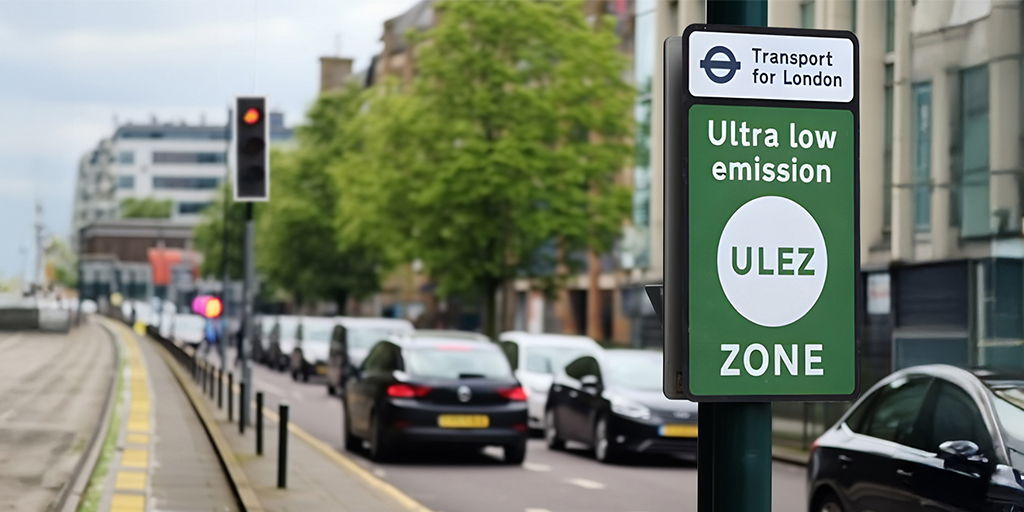
The Future: Integrating ANPR with Smart City Infrastructure
As cities evolve into smart urban environments, integrating ANPR with other technologies can enhance traffic management and environmental monitoring.
- Data Integration: Combining ANPR data with other sources, such as traffic sensors and public transportation information, can provide a comprehensive view of urban mobility patterns.
- Predictive Analytics: Utilizing machine learning algorithms on ANPR data can help predict congestion trends and inform proactive traffic management strategies.
- Public Engagement: Sharing real-time traffic information with the public through apps and digital signage can encourage alternative transportation choices and reduce congestion.
Conclusion
The integration of ANPR technology into urban traffic management systems offers a powerful tool for cities aiming to reduce congestion, improve air quality, and enhance the overall quality of life for residents. By investing in accurate and responsive ANPR systems, cities can make significant strides toward sustainable and efficient urban mobility.
References
- European Environment Agency. (2020). Revealing the costs of air pollution. Retrieved from https://www.eea.europa.eu/publications/cost-of-air-pollution/revealing-the-costs-of-air
- Financial Times. (2025). New York's congestion pricing: A landmark in urban mobility. Retrieved from https://www.ft.com/content/dee50bc5-986a-4d4e-8663-d8cd644bec26?utm_source=chatgpt.com
- Transport for London. (2023). Congestion charge marks 20 years of keeping London moving sustainably. Retrieved from https://tfl-newsroom.prgloo.com/news/tfl-press-release-congestion-charge-marks-20-years-of-keeping-london-moving-sustainably?utm_source=chatgpt.com
- World Health Organization. (2023). Estimating the morbidity from air pollution and its economic costs. Retrieved from https://www.who.int/activities/estimating-the-morbidity-from-air-pollution-and-its-economic-costs?utm_source=chatgpt.com



